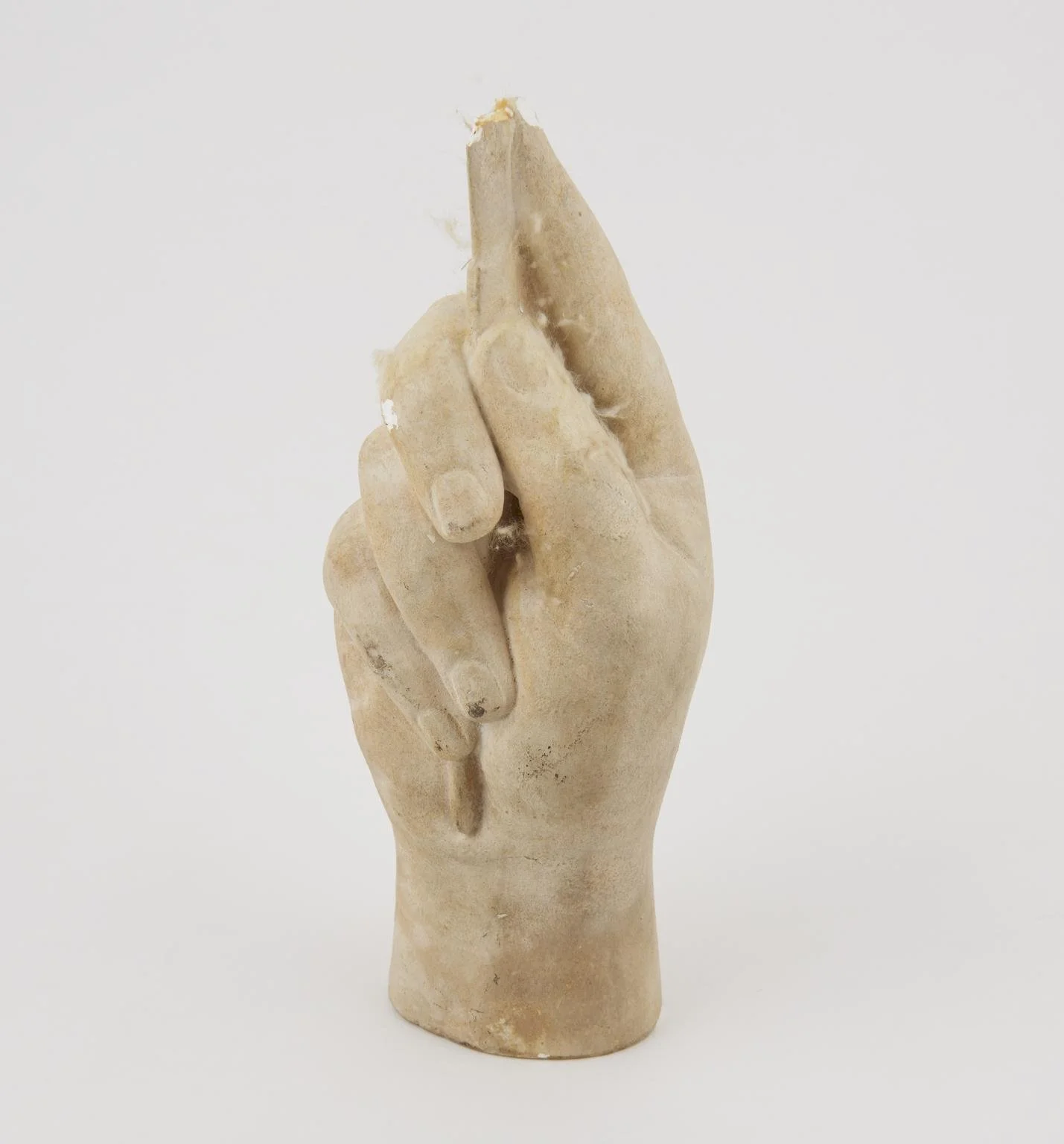
Welcome to the project!

We are thrilled to launch this website for The Victorian Hand. We are a four-year Standard Research Grant project, funded by the AHRC, based at the London College of Fashion, University of the Arts, London, and Lancaster University. Our aim for this project is not only to explore the complex, fascinating history of the hand and its many meanings in Victorian global Britain, but to use this research to explore how these understandings influence the way we relate to our bodies and their work today.
The project has its foundations in the research interests of the two project leads, Joanne Begiato and Mike Brown, who are fascinated by the histories of bodies and materiality, the emotions and the senses. Both encountered hands in their own research projects. For Joanne, it was disciplining and caring hands that first drew her attention as she investigated family lives. Courts detailed whether husbands’ fists were open or closed when their wives accused them of violence, and Victorian cartoons focused on large, threatening male hands when they criticized wife beating. Less troublingly, parents and children charted affection and care through loving and playful hands, cradling infant faces, steadying toddlers in their first steps, making the clothes, textiles, and toys that protected and entertained children, and nursing and soothing offspring of all ages. She also noticed that men’s hands were often detailed in textual and visual culture as indicators of manliness, gesturing towards men’s character, worth, and professional identity.
From: ‘My Father’. By M. Belson (1819). Author: Mary Elliott (b.ca.1792), publisher: William Darton (1781–1854), [The Repertory of Genius], 58, Holborn Hill, London, Trade in Prints and Scraps 5 (35), John Johnson Collection, The Bodleian Library, University of Oxford.
From: ‘My Mother’ (1815). Author: Ann Taylor (1782–1866), publisher: William Darton (1781–1854), [The Repertory of Genius], 58, Holborn Hill, London, Trade in Prints and Scraps 5 (36), John Johnson Collection, The Bodleian Library, University of Oxford.
For Mike, it was the hands of surgeons that stood out in his research (and on the cover of his book!). Nineteenth-century surgeons had a complex and evolving relationship with their hands. At one level, it was the manual aspects of surgeons’ work that served, in the eyes of their traditional superiors, the physicians, to render them socially and professionally inferior, their proximity to manual labour excluding them from the gentility of a truly liberal profession. But as surgeons grew in confidence and professional stature across the course of the early nineteenth century, their hands became increasingly central to their professional identity, as symbols of skill, care, and salvation from disease. It is no coincidence that celebrated surgeons such as James Syme had casts made of their hands to immortalise their achievements. The gendering of the surgical hand is also fascinating. The celebrated Romantic surgeon Sir Astley Cooper suggested that the surgeon should possess ‘a lady’s hand’, and while the century saw the growth of an increasingly muscular masculinity, the surgical hand still had to strike a balance between delicacy and strength, brains and brawn.
Plaster cast of the hand of the right hand of Prof. James Syme, c.1870, held by the Science Museum as part of the Museum Collection of Sir Henry Wellcome.
Illustration of an operation to tie off the femoral artery from Jean-Baptiste Marc Bourgery and Nicolas Henri Jacob, Iconographia d’anatomia chirurgica e di medicina operatoria (Florence, 1841).Wellcome Colllection.
Our shared interests prompted us to develop these insights into a much broader research project that expands into new territories including art, craft, empire, science, and spiritualism. In March 2025, we were delighted to welcome Helen Murray to the project, who has taken up the role of Research Associate. She is a historian of nineteenth-century artistic self-representation and passionate about all things visually Victorian. She’s been finding many fascinating materials and will share her insights from her recent archival trips soon.
We hope that this blog will be a space to communicate some of our exciting research, but also to reflect on our extensive programme of public engagement activities, which will get underway when the Public Engagement Fellow joins the project in autumn this year (please do keep an eye out for the vacancy being advertised soon). We are very excited to be working with a range of partners, including our own institutions, as well as the Royal College of Surgeons of England, London and the Quilters’ Guild, York. We’ll give more information about this in our social media accounts and in the News and Events section of our website in the coming months and years.
We look forward to sharing our passion for this fascinating topic and hope to hear from you in due course. Get in touch via the social media links or our email address at the bottom of this page.




